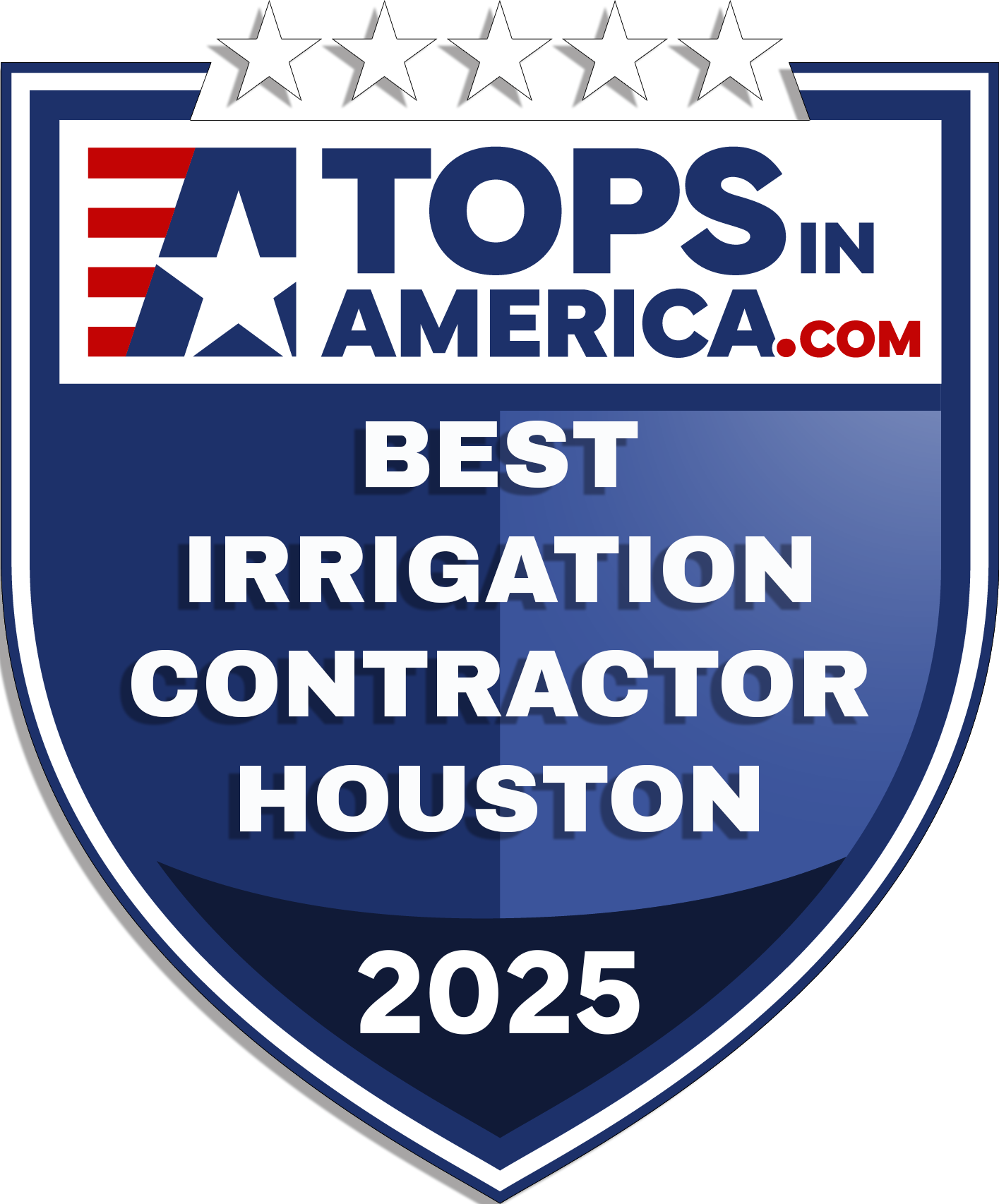How Are Sprinkler Valves Wired?
Wiring Sprinkler Valves
Wiring sprinkler valves, specifically solenoid and electric types, is a fundamental task in setting up an efficient irrigation system. Whether you are a DIY enthusiast looking to install a new system or maintain an existing one, understanding how to properly wire your sprinkler valves can save you time and help avoid system malfunctions. Here’s how to wire solenoid and electric sprinkler valves correctly.
Tools and Materials Needed:
- Multimeter (for testing connectivity)
- Wire Strippers
- Waterproof Wire Connectors
- Direct Burial Irrigation Cable
Understanding Your Sprinkler Valves
Solenoid Valves: These valves use an electromagnetic solenoid to open or close the valve’s mechanism, controlling water flow.
Electric Valves: Generally, in irrigation, electric valves refer to solenoid valves powered by electricity. The solenoid acts upon an electric signal to operate the valve.
Both types are common in home irrigation systems and are wired similarly, as solenoid valves are essentially electric valves.
Step-by-Step Wiring Guide:
1. Plan Your Wiring Route
- Outline your system. Each valve needs to be connected to the central control box.
- Measure the distance to determine the length of the direct burial cable needed.
2. Prepare the Control Box
- Locate your irrigation controller. Ensure it’s powered off before working.
- Open the control box to access the wiring terminals.
3. Run Direct Burial Cable
- From your control box to the valve location, lay out your direct burial irrigation cable.
- Ensure the cable has enough slack at each valve for connections and future maintenance.
4. Connect Cables to the Valves
- At each valve location, use wire strippers to expose the ends of your wires.
- Most solenoid valves have two wires coming from the solenoid. One wire will connect to the common (COM) wire, and the other to the zone wire from the controller.
- If necessary, consult the valve’s manual to identify the wires correctly.
5. Make the Connections
- Connect one wire from the solenoid to a zone wire from your direct burial cable.
- Connect the other wire from the solenoid to the common wire, running back to your controller. The common wire connects all valves to the controller.
- Use waterproof wire connectors to ensure a secure and moisture-resistant connection. This is critical for system reliability and safety.
6. Test Each Connection
- Before burying cables and finalizing installations, test each valve.
- Turn on the power to your irrigation controller and manually activate each zone to ensure correct operation.
- Use a multimeter to check for proper electrical connectivity if any valve does not operate.
7. Finalize Installation
- Once testing confirms all valves operate correctly, bury the cables at an appropriate depth according to local guidelines or manufacturers’ recommendations.
- Neatly secure any loose cables and close the control box.
Troubleshooting Tips:
- If a valve does not operate, first check for electrical continuity with a multimeter.
- Ensure all wire connections are secure and waterproof.
- Double-check wiring to the correct terminal (zone vs. common) at the control box.
Proper wiring of your solenoid or electric sprinkler valves is crucial for an efficient and trouble-free irrigation system. By following these steps and adhering to best practices for electrical connections, you can ensure your sprinkler system operates as intended, providing optimal irrigation for your landscape. Remember, always consult the manual for your specific valves and controller system for any specific instructions or requirements.
If you have any questions or need any type of sprinkler system repair, the experts at Mr Sprinkler Repair will be glad to help. Give us a call or 855-695-1000 to set an appointment.


